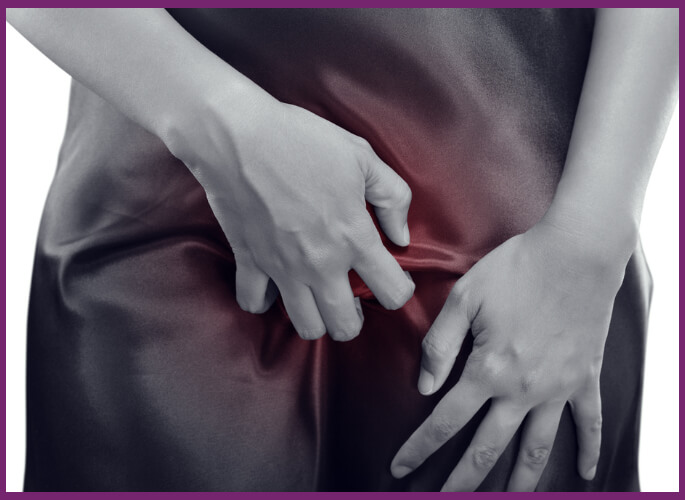According to the Centers for Disease Control and Prevention, nearly 75 percent of adult women have experienced a yeast infection. Men can also get yeast infections, although this is considerably rarer; in any case, it's not a pleasant experience.
The medical name for a vaginal yeast infection is vulvovaginal candidiasis, from the candida yeast that causes the condition.
Symptoms include itching, burning, and an unpleasant, odorous discharge. While none of these symptoms are hazardous, they're very unpleasant.

Hundreds of websites espousing the idea that glycerin-based lubricants can increase a woman's chances of yeast infection.
This is a frightening proposition, as many of the most popular name-brand lubes have glycerin or glycol (another name for the same compound) listed as one of their first ingredients.
Glycol is a powerful lubricant, and because it's water-soluble and hygroscopic, meaning that it attracts water, it makes for an excellent addition to water-based lubes. It's also commonly used in medicine, pharmaceuticals, food, and industrial applications.
The good news is that glycerin does not cause yeast infections. The misconception stems from the belief that glycerin is sugar and feeds the yeast microorganisms in the vagina.
This eventually contributing to a pH imbalance that allows more yeast to grow, creating a domino effect that quickly overwhelms the body's defenses.
Sugars can undoubtedly contribute to yeast growth, but glycerin is not a sugar. While it has a sweet taste, it is classified as a simple alcohol compound.
Yeast cannot feed on water-based sexual lubricant products, commercial baked goods, candies, and transparent soaps. The simple mix retains moisture, although when applied topically, glycerin could potentially cause dryness.
There is also some evidence that women susceptible to yeast infections may want to avoid lubricants with glycerin since glycerin could potentially facilitate harmful bacteria growth.

While glycerin cannot directly cause a yeast infection, glycerin can increase yeast growth, which in turn may increase your susceptibility to a yeast infection. So you will not increase your chances of a yeast infection by using products with this ingredient.
Some lubricants can increase the chances of a yeast infection by interfering with the pH levels in the vagina; however, this is relatively unlikely if a woman isn't already susceptible to a yeast infection for other reasons.
Many manufacturers offer pH-balanced lubricants, and these products sometimes contain glycerin for a simple reason: it's a safe, effective ingredient.
Factors That Increase or Decrease Your Chances of a Yeast Infection
If glycerin doesn't promote the candida yeast's growth, what does? You may have a higher risk of a yeast infection due to: Stress, Hormonal Issues, Health Problems Diet.
The CDC also notes that women may experience recurring yeast infections when their immune systems are compromised. Some women are also more susceptible to yeast infections due to their genetics.
Candida can grow when there is a pH imbalance in the vagina, so women should undoubtedly pay attention to the products they use regularly. For instance, several studies have linked ingredients like nonoxynol-9, a spermicide, to increased yeast infections. This link is not firmly established.

However, given glycerin's chemical formulation, you can undoubtedly use sexual lubricants with glycol or glycerin without increasing your chances of an infection. Glycerin has a bad reputation in some circles, but it's completely safe.
Occasional yeast infections can be treated quickly with over-the-counter medications or with prescription pills. Talk to your physician if yeast infections occur frequently. A gynecologist can diagnose underlying conditions and help you maintain a healthier body.












